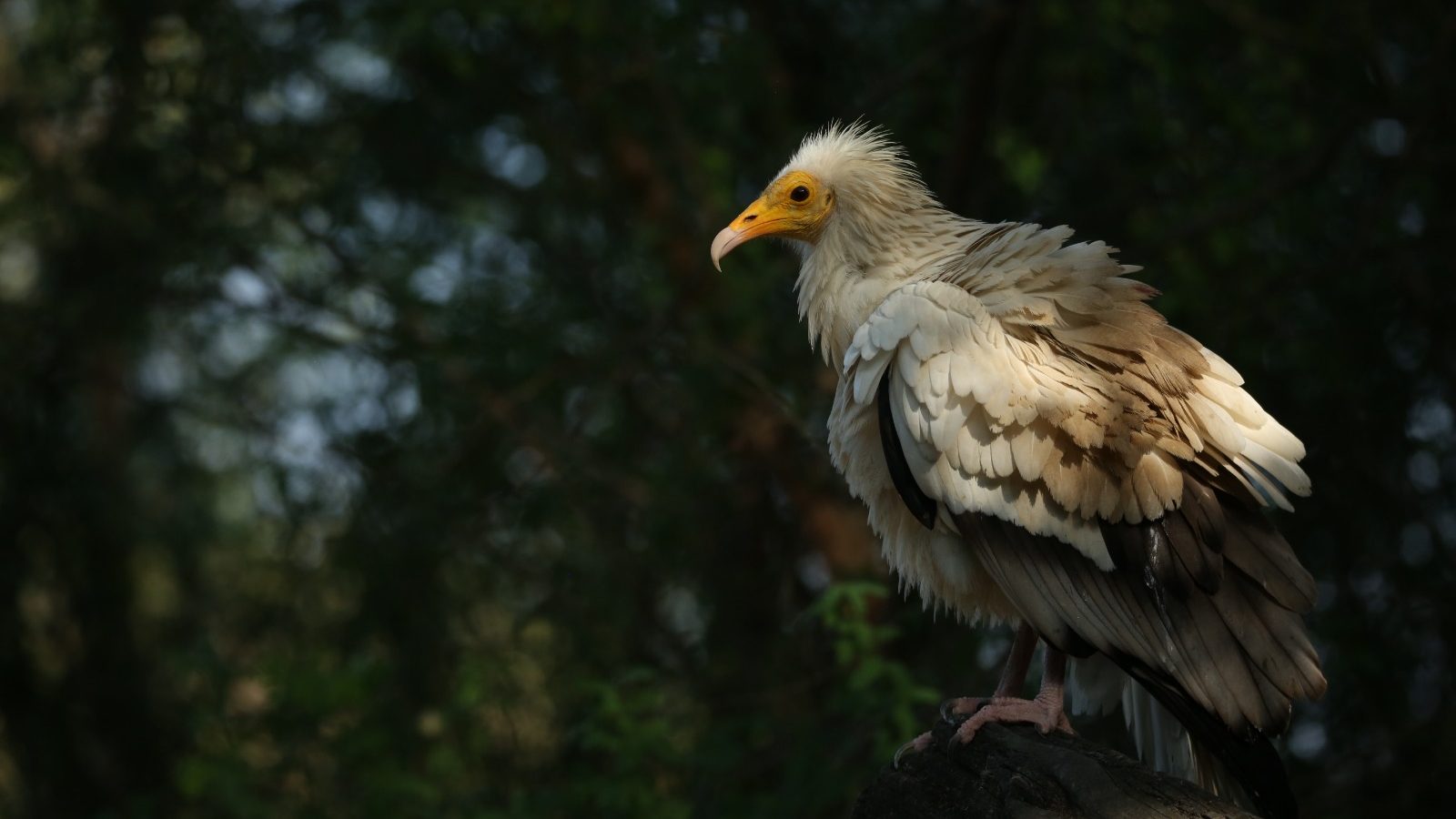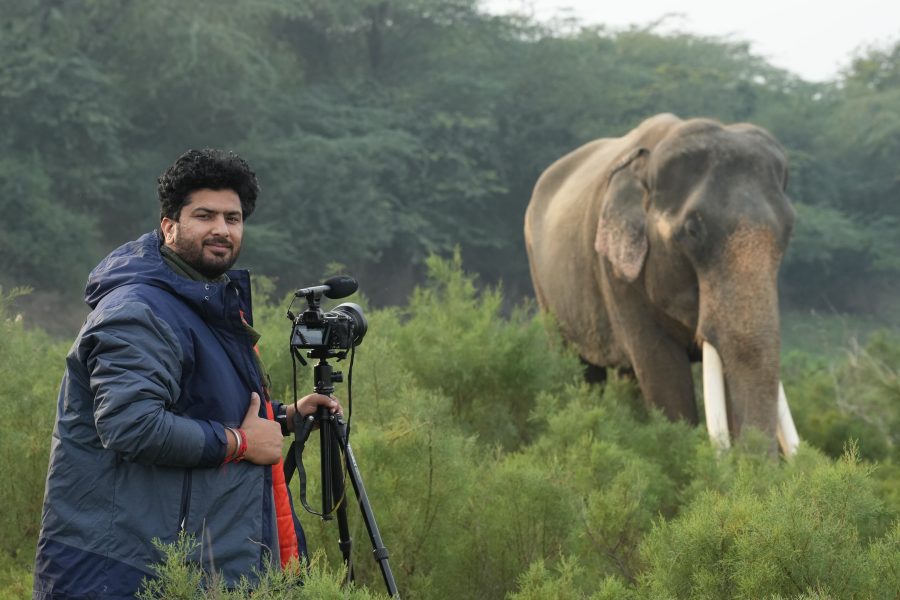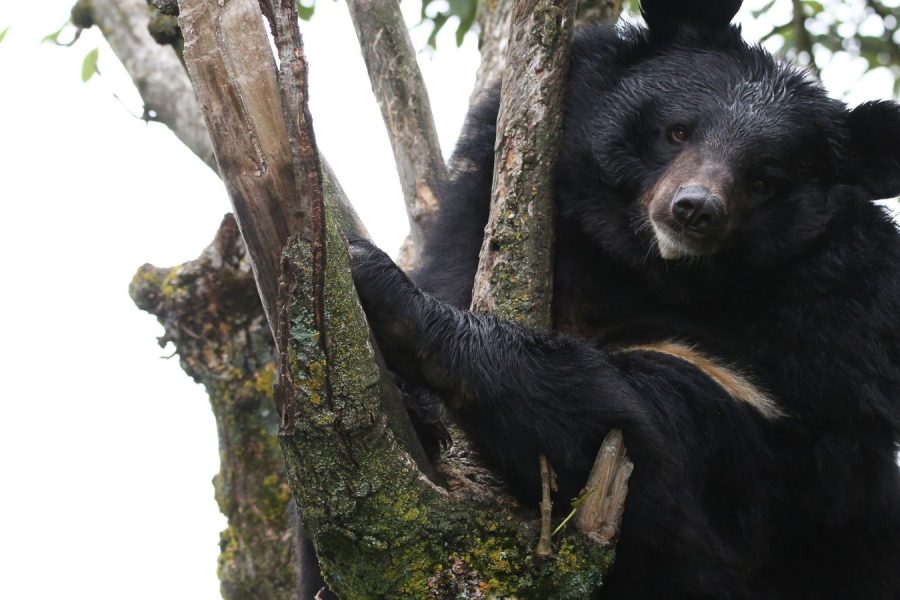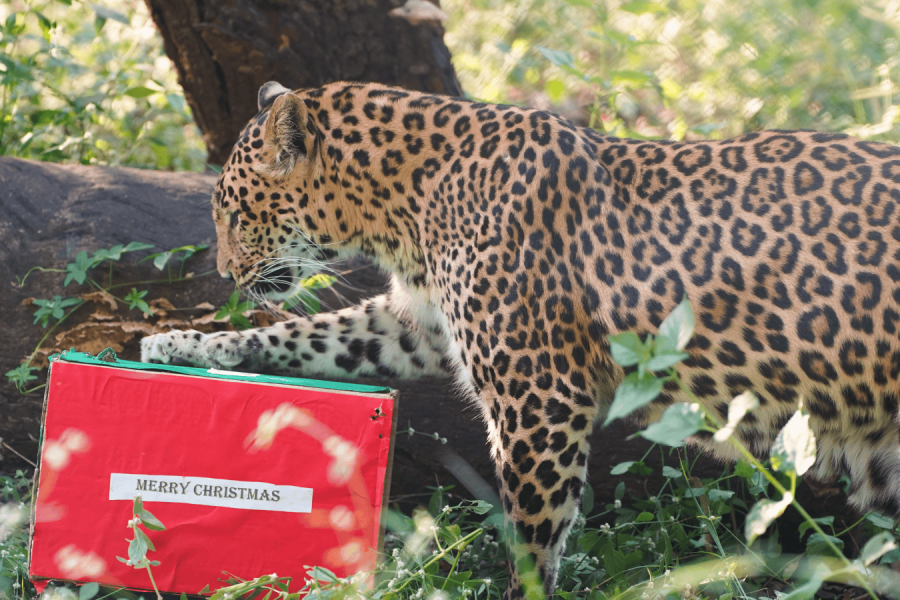For animals, surviving the wild is their primary goal. To do so, they largely depend on their capacity to sense their environment. Some animals have evolved with specialised abilities that give them an edge in navigating their world. Have you ever wondered how some animals can make light in their bodies, or why some birds have longer beaks than most? Such mysterious questions have led to answers that are nothing short of extraordinary. It validates that certain animals do possess biological ‘superpowers’ which, when partnered with their natural senses, create an inbuilt system that generates desired information.
Fascinating, isn’t it? Let’s explore some incredible attributes that animals have and make the best use of!
Let There Be Light: The Bioluminescent Phenomenon
While taking a walk on a summer evening, have you come across golden lights flickering in the air? It would have surely made for a magical sight. Fireflies are bioluminescent organisms, which means that they can produce their own light. Certain fish, squid, and jellyfish also have this dazzling ability to generate light through a chemical reaction. It was back in the 19th century when French pharmacologist Raphaël Dubois studied bioluminescent clams and identified two key components in its body: a compound called luciferin and an enzyme called luciferase. When exposed to oxygen, luciferin releases energy in the form of light with the help of luciferase.
Light producing species also have various types of light they create. The organ in aquatic bioluminescent species is called a photophore, which lights the water animal in shades of green and blue. The organ for fireflies exists in its abdomen and releases a golden yellow light. These lights are displayed for different purposes as well. For instance, fireflies use their bright flashes to attract mates, while jellyfish may emit light to startle potential predators.
The “Sixth Sense” in Birds: Herbst Corpuscles
Herbst corpuscles are a powerful pack of sensory receptors found in a bird’s body, majorly located in its beak. They are similar to Pacinian corpuscles found in mammals that can sense mechanical changes like vibrations and pressure. Owing to this remarkable feature, kiwis, along with ibises and other wading birds with long beaks, can detect movements of their prey when they stick their bills into the ground. They can also know the location of their next meal, even if the beak is distant from it! Herbst corpuscles are therefore renowned for giving birds an additional sense of “remote touch”. While the beak is the main tactile organ in birds, Herbst corpuscles are also present in the deep layers of avian skin. They rely on these receptors to also detect deformations in their environment, playing a crucial role in their ability to interact with their surroundings.
Sounds to See: Echolocation
In one scene of the movie The Dark Knight, Batman uses peculiar eyewear that can detect movement of those that can’t be seen in the dark. These are sonar (Sound Navigation and Ranging) lenses, and while they are an invented technology for the superhero, for bats, this is a natural appendage that they possess. Through a process known as echolocation, bats can create visual images using sound waves. You read that right! The flying mammal produces ultrasonic waves (inaudible by humans) from its larynx, and releases them through its nose or mouth. By listening to the echo bouncing back from an object around it, the bat can know the location of the object, and even determine what the object actually is. This enhanced navigation ability can create a mental map of the bat’s surroundings in the dark, so that it can avoid bumping into poles and feed on insects in the air instead. Aquatic animals like whales and dolphins also use echolocation by producing sounds underwater that inform them of their prey and the route they are taking.
The Third Eye: Pineal Eye
Did you know that monitor lizards and some iguana species have a special receptor located at the top of their head? This is known as the third eye, also called the pineal or parietal eye, and is actually an evolutionary remnant of an organ that helped predecessors of mammals over 200 million years ago. Today, only some reptiles retain this third eye, which studies say has cells that are light-sensitive. This eye can sense changes in light and presence of shadows, helping it to know the time of the day and the presence of any obstacle around. The pineal eye can also convey the changing lengths of days and nights, signalling the reptile’s brain about seasonal shifts. This way, this eye keeps track of the reptiles’ important life processes like their sleep cycles and their breeding season.
Nose Number Two: Jacobson’s Organ
Jacobson’s organ, also known as the vomeronasal organ, is found in the mouths of animals like snakes and elephants and can detect odour particles. This organ is receptive to chemical signals known as pheromones that are released by members of the same species, their prey as well as by predators into the environment. This way, the organ identifies potential mates or danger for its bearer. Snakes have forked tongues, the tips of which collect scent particles from the air or ground when they come out of the mouth. When the snake pulls its tongue back in, it presses the tips against the Jacobson’s organ at the roof of its mouth to communicate desired messages. For elephants, the Jacobson’s organ is placed on the upper part of its mouth, and it’s the trunk that relays the signals left in the bodily fluids of their peers. The tip of their trunks carry the pheromones left from sweat or urine of the opposite sex to know its willingness to mate.
Animals have evolved an incredible array of abilities that coexist with their senses. The intricate ways that they use them to survive in the wild astonishes us! You can explore fun-filled facts about wildlife by subscribing to our newsletter. Also, check out our series on animal’s extraordinary senses to learn more about their sight, hearing, taste, touch, and smell.





